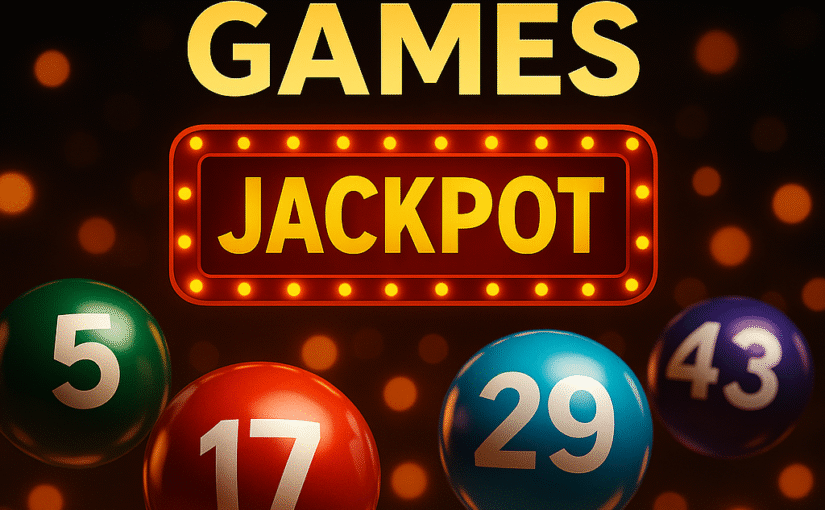Lotteries generate billions in revenue globally, and with so much money at stake, public trust is crucial. One of the most important aspects of maintaining this trust is ensuring that every draw is fair and transparent. But what exactly makes a lottery draw “fair”? At Dewakoin, we unpack the scientific principles, technology, and oversight that protect the integrity of lottery drawings around the world.
1. What Makes a Lottery Draw Fair?
A fair lottery draw is one in which every ticket has an equal chance of winning, and the process is free from bias, manipulation, or external influence. This fairness hinges on three key elements:
1. Randomness
True randomness ensures that outcomes are unpredictable and unbiased. Lottery draws must meet strict statistical standards to be considered random.
2. Transparency
Players must be able to see or verify that the draw is legitimate. That’s why many lotteries air live broadcasts or post real-time results.
3. Security
From ticket entry to the final draw, every step is monitored and protected against tampering or insider influence.
Together, these elements create a system that’s not only secure but also scientifically sound and publicly accountable.
2. The Two Types of Draw Mechanisms
Fairness begins with the draw mechanism itself. Most lotteries use one of two scientifically regulated systems:
1. Mechanical Ball Machines
- Used in televised draws to demonstrate transparency.
- Operate on the principle of physics-based randomness—air jets or paddles mix numbered balls randomly.
- Machines and balls are tested regularly for wear, weight, and integrity.
2. Random Number Generators (RNGs)
- Digital draws use computer algorithms to produce truly random results.
- RNGs are certified and audited by third-party cybersecurity firms.
- Logs are maintained for every draw to ensure traceability and verification.
Whether physical or digital, the science behind both systems ensures unpredictable and repeatable fairness.
3. The Role of Third-Party Testing and Certification
To ensure integrity, all draw machines and RNG software are subject to independent auditing. These measures include:
Third-Party Certification:
- RNGs are reviewed by GLI (Gaming Labs International) or iTech Labs, ensuring compliance with gaming standards.
- Mechanical machines undergo frequent calibration and randomness testing.
Pre-Draw Protocols:
- Multiple test draws are conducted before the real one.
- Draw rooms are sealed and monitored with video surveillance.
- Security officers and independent auditors are present during each draw.
These safeguards are part of a scientific and legal framework that upholds fairness and trust.
4. Statistical Testing of Randomness
Randomness is not just a concept—it’s measurable. Lottery systems use statistical analysis to verify randomness:
Key Randomness Tests Include:
- Chi-square tests – Check for frequency uniformity in number selection.
- Runs tests – Ensure that no patterns form in the output.
- Autocorrelation tests – Confirm no connection between past and future outcomes.
Failing any of these tests may require a halt in draws, recalibration of machines, or updates to RNG algorithms.
5. Transparency Practices That Build Public Trust
Transparency is just as important as fairness. Lotteries go to great lengths to ensure that the draw process is visible, accountable, and verifiable.
Transparency Measures Include:
- Live broadcasts or livestreaming of draws
- Posting of audit reports and draw logs
- Public access to certified RNG documentation
- Independent auditing agencies present during each draw
These practices ensure players don’t just have to believe the system is fair—they can see it for themselves.
6. Can a Lottery Be Rigged?
With today’s regulations and technology, rigging a lottery draw is extremely difficult—though not impossible without proper oversight. That’s why transparency, auditing, and independent certification are essential.
Even high-profile incidents in the past have led to stronger systems today, including:
- Enhanced employee background checks
- Restricted access to equipment
- Strict separation of duties between system operators and lottery officials
Modern lottery systems are designed to detect and prevent fraud at every level.
7. Final Thoughts: The Power of Science and Transparency
Behind every lottery draw is a complex system of engineering, mathematics, software security, and public accountability. These systems work together to ensure every draw is not only random but also fair and trustworthy.
At Dewakoin, we stand behind the importance of transparency in lottery systems. Whether you’re playing for fun or dreaming big, knowing the science behind the scenes helps you play with confidence.

